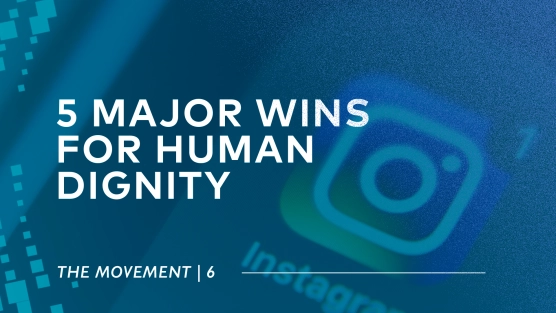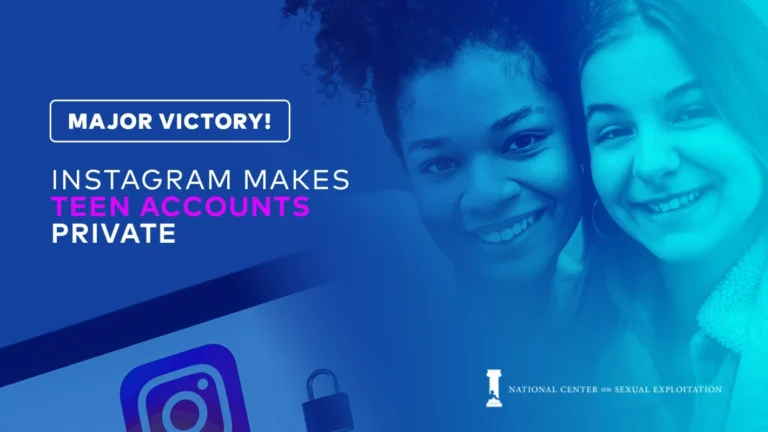Snapchat stories are finally starting to listen to its concerned users.
This Monday Snapchat updated its guidelines for Discover publishers to discourage click bait. It announced that Snapchat will give publishers a tool in February that allows them to age-gate content, or stop minors from seeing specific content.
Snapchat Discover is a section of that app where magazines, newspapers, and TV outlets can publish content specifically created for Snapchat. These posts feature pictures and headlines to preview the stories, which can be read or watched within the app itself.
To date there has been no way to opt-out of specific publishers, or to remove stories that feature graphic sexual headlines or photographs.
The National Center on Sexual Exploitation (NCOSE) declares this change a victory for those advocating for a safer Snapchat environment. NCOSE also calls on Snapchat to take further action.
Snapchat’s decision to enable publisher age-filtering comes after significant pressure from its users.
This is a victory for the thousands of individuals who have taken action through NCOSE’s Dirty Dozen List. Snapchat is listed on this Dirty Dozen List as a mainstream facilitator of sexual exploitation. It is also a victory for other activism campaigns that call for Snapchat to take responsibility for creating a safe user environment.
It’s encouraging that Snapchat has made this policy improvement, but there is much more work for Snapchat to do. For instance, we ask that Snapchat mandate that publishers shield minors from sexually graphic stories. We also ask that Snapchat institute improved reporting processes for users to report accounts sending sexually explicit images within the app. (We set up a simple action so you can email Snapchat executives and ask them to implement these improvements.)
Snapchat is a member of NCOSE’s Dirty Dozen List because its business model facilitates sexting, the sharing of self-produced child sexual abuse images (i.e. child pornography.) Further, it profits from online prostitution and monetized nude images via the built-in feature Snapcash.
A class-action lawsuit has even been brought against Snapchat due to these Discover stories. This lawsuit was filed on behalf of a 14-year old boy from Los Angeles who was exposed to story titles too graphic to reprint here.
The lawsuit stated:
“Millions of parents in the United States today are unaware that Snapchat is curating and publishing this profoundly sexual and offensive content to their children,”
Other prominent campaigns against Snapchat include one Millennial’s petition to allow users to opt-out of sexually graphic Discover stories. This petition received over 20,000 signatures in one week.
Snapchat can take a stand against sexual exploitation if it makes simple improvements to reporting systems. It can also establish robust monitoring of Discover and featured stories.
In order to learn more, and to email Snapchat executives to ask them to improve reporting systems, visit here: https://endsexualexploitation.org/snapchat/



